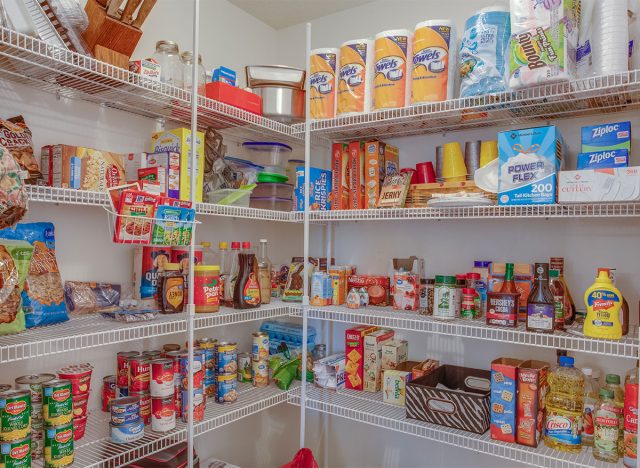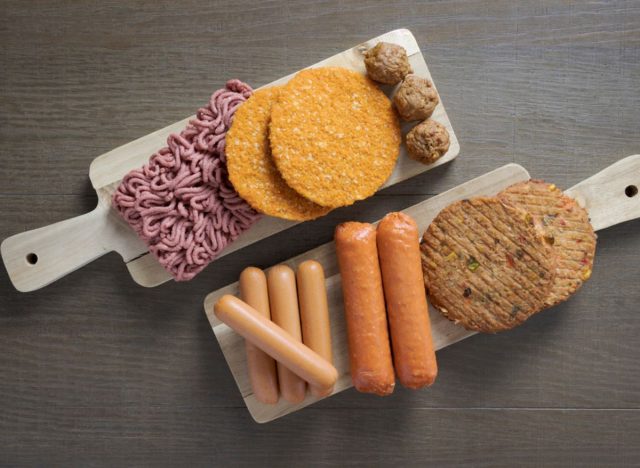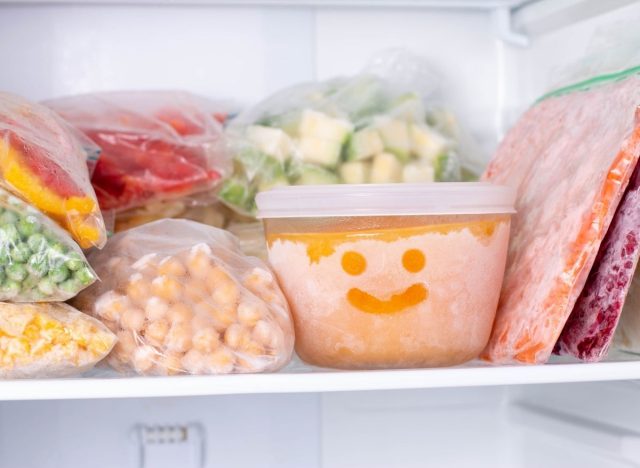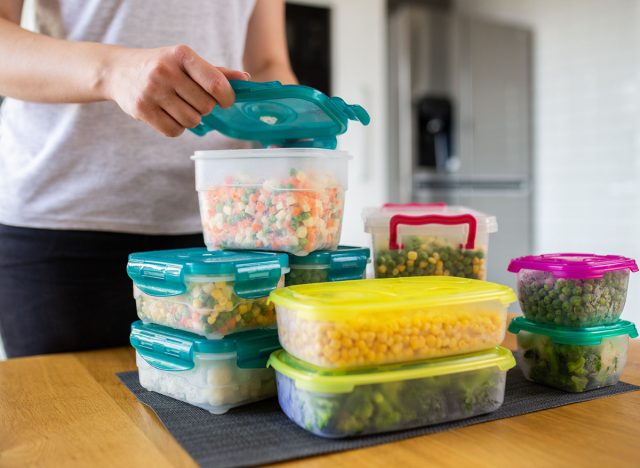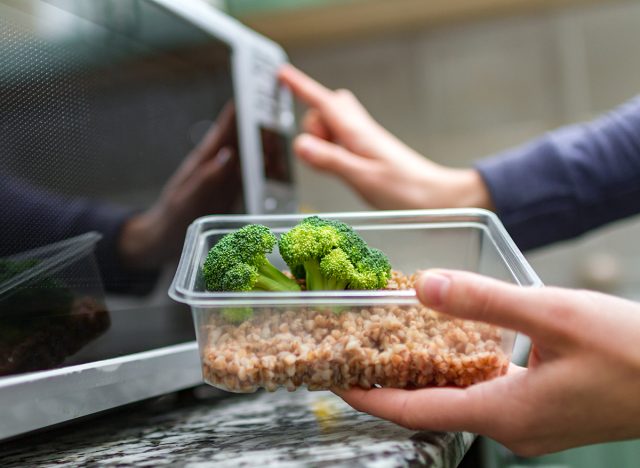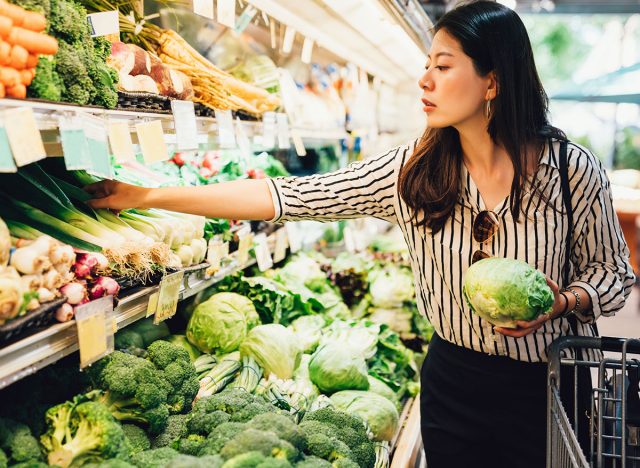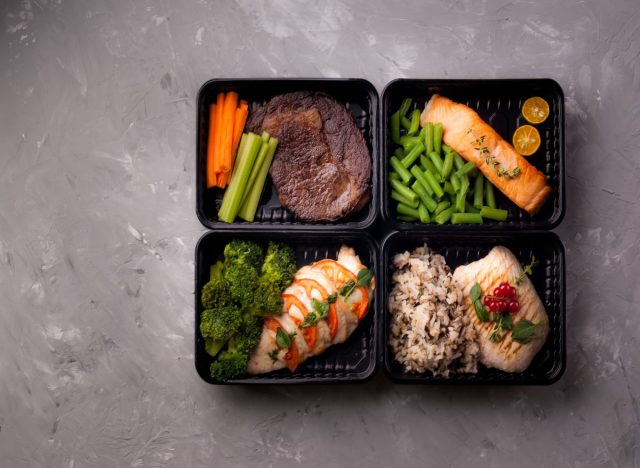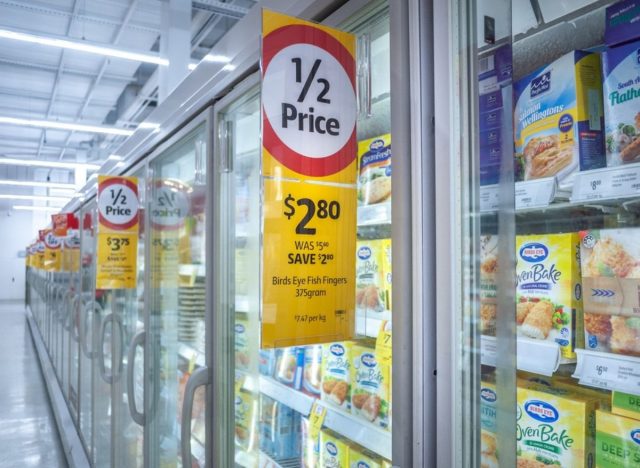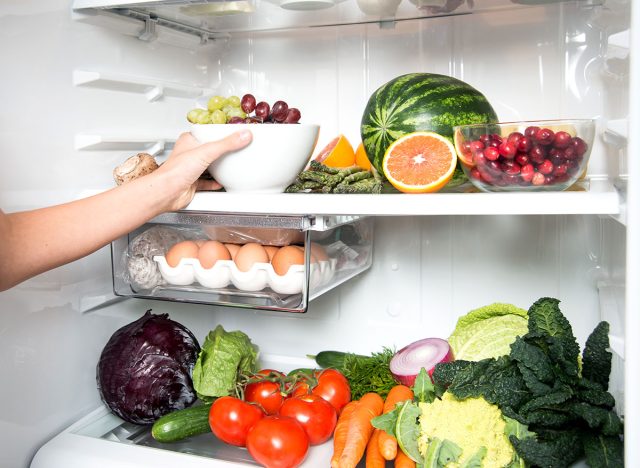In New England’s largest city, there are exciting music venues, a floating oyster bar and newcomers on the arts and restaurant scenes that reflect its diversity.
There’s a new face welcoming visitors to Boston. It belongs to a 3-year-old in Velcro sneakers, crouching by a boombox and haloed in gold. She’s the artist Rob Gibbs’s daughter, who stares unflinchingly from a soaring 70-foot mural across from South Station, the city’s biggest train terminal.
Mr. Gibbs — who paints under the name ProBlak — is the first Black Boston-native artist to be commissioned for the rotating Dewey Square mural. Mr. Gibbs grew up in Roxbury and has been painting walls in the city for years. This newest mural, “Breathe Life Together,” will be up through May 2023. His art pays homage to under-heard people in Boston, and is a reflection of his neighborhood and home. “If I’m going to welcome people to the city, the best thing I can do is give them a home-cooked meal,” he said. “This is a home-cooked meal.”
It’s a welcome for visitors who are returning to New England’s largest city at near prepandemic levels. Hotel occupancy in June was 81.8 percent — shy of June 2019, when rates were 89.8 percent, but a vast improvement over a pandemic low of 5 percent. And with nonstop flights from 127 domestic and international destinations, travelers are being met with innovative art, new music venues, upscale dining options and reimagined hotels.
Exhibitions and installations
The role of art in fostering conversation has been a focus at the Museum of Fine Arts in recent years. That conversation was thrust onto a national stage when, following the murder of George Floyd and during an ongoing nationwide reckoning with race, its retrospective of Philip Guston, a painter who often explored white supremacy, anti-Semitism and violence in his work, was delayed two years to rethink and reframe its presentation, which includes things like trigger warnings and resources for viewers to prepare themselves emotionally for the show. The postponement outraged many in the art world, but in May, the M.F.A. opened the show, “Philip Guston Now,” which was lauded by many for its thoughtful approach, while others questioned the need for such cautionary features.
The exhibition will close on Sept. 11, a week after the M.F.A. celebrates the opening of the “Obama Portraits Tour” (Sept. 3 through Oct. 30), the final North American stop before the official presidential portraits of Barack and Michelle Obama return to the National Portrait Gallery. Alongside the Obama portraits will be more than 2,600 drawings, paintings and photos from as far away as South Korea. They are part of a community project that invited participants to submit a portrait of a leader in their lives.
President Obama’s remarks at the opening of the Martin Luther King Jr. Memorial in Washington celebrated King’s vision of unity. In January, Boston will unveil its own monument to Martin Luther King and his wife, Coretta Scott King, who met as students in Boston. Designed by the Brooklyn-based artist Hank Willis Thomas, “The Embrace,” a 20-by-40-foot sculpture, will be installed on Boston Common, America’s oldest public park and one of the most visible places in the city.
Other new art projects are decidedly more whimsical. In June, 10 miniature street scenes seemed to appear by magic around Greater Boston. The mouse-size installations, like the tiny “Mouseum” in the Seaport, are the brainchild of AnonyMouse, an art collective that has been creating pop-ups around Sweden since 2016. The storybook scenes have spawned scavenger hunts for all ages.
Music venues up the game
After Boston’s live music scene went quiet during the pandemic, concerts crept back onto calendars in 2021, with masked audiences and proof-of-vaccination requirements. Now concertgoers are back in full force, and Boston has two new venues to welcome them.
A decade after opening Cambridge’s Sinclair, which music lovers flocked to for its outstanding acoustics and unobstructed sightlines, the Bowery Presents enlisted the same team to design Roadrunner, a 3,500-person music hall in the Brighton neighborhood of Boston. Opened in March, the general-admission venue offers six bars and a modern industrial-chic design. The 50,000-square-foot room with multilevel viewing of the 60-foot stage has already hosted Olivia Rodrigo, Leon Bridges and Lake Street Dive, and has more than 30 acts booked for the fall.
When the MGM Music Hall at Fenway opens this month, subtle design choices, like section numbers stenciled on concrete poles, will remind visitors they are next door to America’s oldest ballpark. The 5,000-person venue more than doubles the capacity of the nearby House of Blues, but maintains its intimacy, with the farthest seat just 110 feet from the stage. A venture of Fenway Sports Group in partnership with Live Nation, its developers say the venue fills a void in the Boston market. The music hall makes its debut with a two-night stand from James Taylor, followed by Chris Stapleton, Bruno Mars and Lil Nas X.
New restaurants and craft beer
New dining options abound and perhaps the most sought after is Contessa, which sits atop the recently reopened Newbury Hotel, offering Northern Italian cuisine and panoramic views. This first Boston venture from the New York chef Mario Carbone is equal parts sophistication and comfort, with starters like squash carpaccio ($22), and mains including scallops aglio olio pepperoncino ($46).
When Maria Rondeau and JuanMa Calderón opened La Royal in February, they did it for the love of their neighborhood. The 48-seat restaurant is a block away from their home in Cambridge’s Huron Village, with a menu that draws on Mr. Calderón’s Peruvian roots, and Salvadoran influences that are a homage to the restaurant’s staff. The causa de pulpo (potato terrine with octopus, $18), and the lomo soltado (stir-fried beef, $28), pair perfectly with the menu’s pisco cocktails (from $14).
Moored on the East Boston waterfront, the Tall Ship is part floating oyster bar, part adult playground. With sweeping views of the skyline and harbor, it feels both quintessentially Boston, and unlike anything the city has seen before. Onboard the 245-foot vessel, a raw bar serves lobster tails ($40) and sushi rolls (from $14). But the pier alongside the ship is where the action is, with lawn games galore, frozen adult beverages and shipping-containers-turned-food-stalls, offering tacos ($17), sandwiches ($14) and menu items for kids.
To mix-and-match dishes from 20 of Boston’s best chefs, High Street Place on the edge of the Financial District is a good bet. At the opening in March, Mayor Michelle Wu — the first woman and person of color to be elected as the city’s top official — celebrated that many of the food hall’s vendors are women and people of color, and applauded the effort to bring Boston’s diverse cultures to the downtown area. Kutzu marries the flavors of Korea and Southeast Asia with rice bowls ($14), banh mi sandwiches ($14) and “pho-men” — a cross between pho and ramen ($14). Dive Bar, from the James Beard-nominated Tiffani Faison, cooks up New England seafood with a touch of New Orleans spice (mains from $15). And North East of the Border is the first brick-and-mortar location for a popular Mexican food truck (tacos from $5). To drink, there’s champagne at Bubble Bath and pints at Alewives Taproom.
Bostonians do love their craft beer, and local breweries are responding with new locations. Nantucket’s Cisco Brewers was an early arrival in the rapidly developing Seaport neighborhood, with an open-air taproom flanked by food trucks. Massachusetts brewer Lord Hobo joined the neighborhood in March with its own taproom and restaurant. Across the river, Lamplighter Brewing opened a second location at the residential and retail development Cambridge Crossing. And for those who want a variety of brews from around New England, Broken Records Beer Hall in Brighton features more than 20 makers.
A renovated stalwart and stylish newcomers
With new properties and redesigns of classic hotels, there’s no shortage of places to check in.
In the Seaport, where the speed of development is dizzying, the Omni Hotel offers a nearly unheard-of amenity in the city: a year-round, heated rooftop pool. Opened in September 2021, the 22-floor property boasts four full-service restaurants, a lobby bar, boulangerie and spa (doubles from $413).
Nestled between downtown and Boston’s North End — a bastion of Italian eateries — is the Canopy by Hilton, a 212-room hotel opened in March. Designed to have a local neighborhood feel, the Canopy houses a brasserie-style cafe, and also has bikes on hand for guests to explore the city (doubles from $244).
After a $200 million renovation, the Langham Boston reopened its 312-room hotel in June 2021, with classically American-styled guest rooms, marble-floored bathrooms and a 268-piece art collection. Its craft cocktail bar, the Fed, nods to the property’s original occupant, the Federal Reserve Bank of Boston. In the Financial District, it’s a short walk to Faneuil Hall, the aquarium and Boston Common (doubles from $436).
Across the Charles River, Cambridge and Somerville are also ready to welcome visitors. On the edge of Central Square — close to the Massachusetts Institute of Technology and restaurants — is 907 Main, a boutique hotel whose classic brownstone exterior gives way to a modern interior (doubles from $175). Repeat visitors to Boston who want to explore a new neighborhood can check into the Cambria Somerville. The 163-room hotel is walkable to Union Square, home to the newest M.T.B.A. stop. The long-anticipated and much-delayed subway extension has the neighborhood poised for a massive transformation (doubles from $212).
Follow New York Times Travel on Instagram, Twitter and Facebook. And sign up for our weekly Travel Dispatch newsletter to receive expert tips on traveling smarter and inspiration for your next vacation. Dreaming up a future getaway or just armchair traveling? Check out our 52 Places for a Changed World for 2022.
What to See, Eat and Do in Boston - The New York Times
Read More

/cloudfront-us-east-1.images.arcpublishing.com/dmn/3IAOBYGPPNCTXCYBEORBSLBRAY.jpg)
:focal(800x602:801x603)/https://tf-cmsv2-smithsonianmag-media.s3.amazonaws.com/filer_public/67/39/6739735b-141c-4308-b71e-e5d123e90244/gettyimages-1052866286_web.jpg)
/https://tf-cmsv2-smithsonianmag-media.s3.amazonaws.com/filer_public/4e/e8/4ee8c925-3662-4aa9-89c9-edb6d53907a6/g-raising-livestock-on-leftovers-alt_web.jpg)
/https://tf-cmsv2-smithsonianmag-media.s3.amazonaws.com/filer_public/68/1b/681b7946-0aa6-44e6-bac7-e8e1d646fc95/g-meat-massive-emissions-alt_web.jpg)

